By David H. Lippman
Standing 10 feet tall, equipped with both a 75mm and 37mm, an impressive mass of steel and rivets, the Grant and Lee M3 tank seemed like the definitive answer to Hitler’s raging panzer tanks. And it was—for a whole month.
After that, it was universally regarded as a death trap.
When the U.S. Army began to seriously re-arm in 1940, the primary medium tank was to be the M2, which was believed the equal or superior to Germany’s vehicles. The only question was which company would win this lucrative contract.
William Knudsen, a member of the National Defense Advisory Commission and president of General Motors, persuaded his colleagues and superiors that the pre-existing idea to have companies that produced heavy cranes and locomotives could not do the job—building tanks required automobile assembly lines and their efficiency. The only difference between producing cars and tanks was that the latter required armor plate. The Commission was sold, and Chrysler—a GM competitor—got the contract to produce 1,000 M2 tanks.
However, before Chrysler could start tooling up, the Germans drove into France with their Mark III and Mark IV panzers, which were superior to the M2.
The M2, by comparison, was equipped with a smaller 37mm gun, a brace of machine guns, and for some reason, a siren. Its turret ring was too small for a heftier 75 mm gun, so the government canceled its contract with Chrysler after 94 M2s clunked down the assembly line at Rock Island Arsenal. Those built clattered off to training centers.
A more heavily-armed tank had to be built, and quickly, and the only design that could meet the need for firepower and quick assembly was an M2 knockoff with a side-mounted 75mm gun. It had a 75mm pack howitzer—similar to those later used by British and American airborne divisions—mounted in a right-side low-level sponson, and a small turret above, which packed a 37mm gun.
The tank came in two operational types, the M3 Lee and the M3 Grant, named for opposing generals of the American Civil War. They were similar in appearance, except for a top machine-gun and cupola above the Lee’s 37mm turret. The Grant’s lower turret reduced the vehicle’s massive silhouette. The Grant’s turret was rounder than the Lee’s, too. The British moved the Grant’s radio equipment from the hull to the turret, adding an overhang to the turret to do so, and added pistol ports. Both tanks had a crew of six.
The British weighed in on the tank’s design based on their increasingly disastrous experiences in North Africa, where General Erwin Rommel’s Afrika Korps was running rings around the Eighth Army. They would be purchasing most of the Grants.
Construction began at Chrysler’s Detroit Arsenal, American Locomotive, and Baldwin Locomotive, in April 1941. By August, the tank was in full production. More than 6,000 were built during a production run that lasted until December 1942.
The M3s that rolled off the production lines looked like taller versions of the M2, with square, high-sided silhouettes, three pairs of suspensions on each side of the tank. The Grant turret armor was welded, but the Lee turret—and the rest of both tanks—was riveted. The armor was 56mm at its thickest.
The weaponry was clearly a stopgap in both choice and mounting. The 75mm gun was one of the world’s most powerful pieces of ordnance. It could accommodate high explosive and armor-piercing shot. The gun’s weakness was that it had a limited traverse.
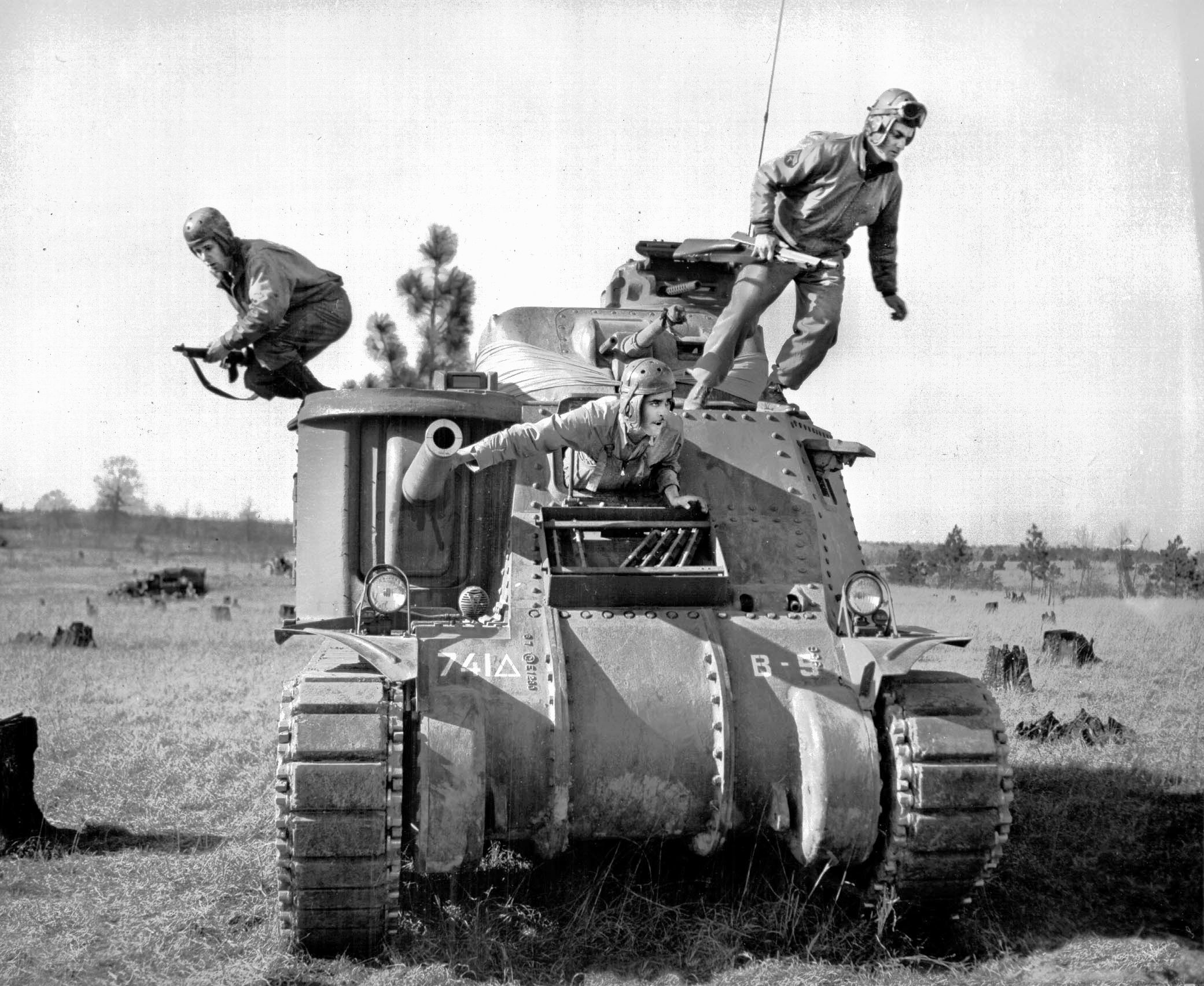
The 37mm gun was already obsolete, but the tank needed a top turret with 360-degree traverse and a reasonably powerful gun. The result was that the Grant had a tank with a gun designed for the present and another for the future.
There were more defects, though—the 75mm was placed in a sponson low in the tank, which meant that the vehicle could not fire its main gun from a position commanders preferred: hull down. The army also wanted the 75mm gun to match artillery standards for durability, so it had to be able to fire 4,000 shells before going to the repair shop. However, tanks rarely lasted that long in combat.
Thus, the M3’s 75mm gun was a low-velocity weapon, which met the artillery requirements, but lacked the speed to blast through a German tank hull.
Power came from a gasoline-fueled, nine-cylinder Wright Continental radial aircraft engine, which provided enough horsepower to drive the 30-ton tank up to 26 mph on a road or 16 mph across country. The weakness was that the 100-octane gasoline would explode if the tank was hit.
However, the Grant had some advantages beyond its two guns. If necessary, the gasoline engine could be replaced by safer Chrysler diesel engines. Maintenance and repair were fairly simple. Grant tanks arrived in Egypt properly packed and weatherproofed, and their spare parts fit right in without having to be chiseled, bent, or filed.
The first of the 167 Grant tanks the Eighth Army would use in its debut battle arrived in Africa in 1941. They were assigned to the 4th Armored Brigade, part of the legendary 7th Armored “Desert Rats” Division, holding the bottom of the Gazala Line in May 1942.
The British had constructed a belt of minefields, infantry “boxes,” and fortifications from the Mediterranean coast at Gazala down to a track intersection called Bir Hacheim, held by the 1st Free French Brigade. Southeast of that, the British deployed their mobile forces, awaiting Rommel’s certain attack on that route.
It came on the evening of May 26, when Rommel blasted northeast from below Bir Hacheim to defeat the British tanks in battle, surround their immobile defenses, and seize the port of Tobruk.
But Rommel got a nasty surprise when his panzers met up with Grants for the first time on the morning of the 27th. Despite their deficiencies, the Grants were superior in firepower and numbers to Rommel’s best tank, the Panzer IIIJ and its high-velocity 50mm gun. The Germans called the Grant the “Pilot.”
Tank battles raged all over the desert floor. Unable to get into hull-down positions behind little hillocks, Grant tanks and their crews had to stand and fight. While the British outnumbered the Axis forces and their Grant tanks outgunned them, many other British tanks were still inferior in design. Worse, British tactics and operational art still lagged behind Rommel, who played his hunches with extraordinary skill. He turned the Gazala Line, pinned down the French at Bir Hacheim, and slammed hard into the two British armored divisions, relying on his 88mm anti-tank guns to shred holes in the Grants’ armor, setting them ablaze.
With British tanks stalled and their leadership indecisive, Rommel turned to engage the British armor. Once again, Rommel’s Panzer IIIJs and 88mm guns proved superior to the Grant tanks.
The British counterattack, codenamed “Aberdeen,” cost them 150 tanks and 6,000 casualties. The British still had 250 tanks that were “runners,” but Rommel dominated the battlefield yet again. There was nothing for the Eighth Army to do but retreat in what was called the “Gazala Gallop.” It didn’t end until June, when the Eighth Army dug in at Matruh in Egypt.
At Matruh, the 2nd New Zealand Division —the Eighth Army’s best—faced two Afrika Korps panzer divisions at a hill called Minqar Qaim. British Grant tanks were supposed to provide the Kiwis with support to hold off Rommel. They didn’t show up due to communications breakdowns. The New Zealanders held for a full day before they—and the whole Eighth Army—retreated again, this time to a rail whistlestop called El Alamein.
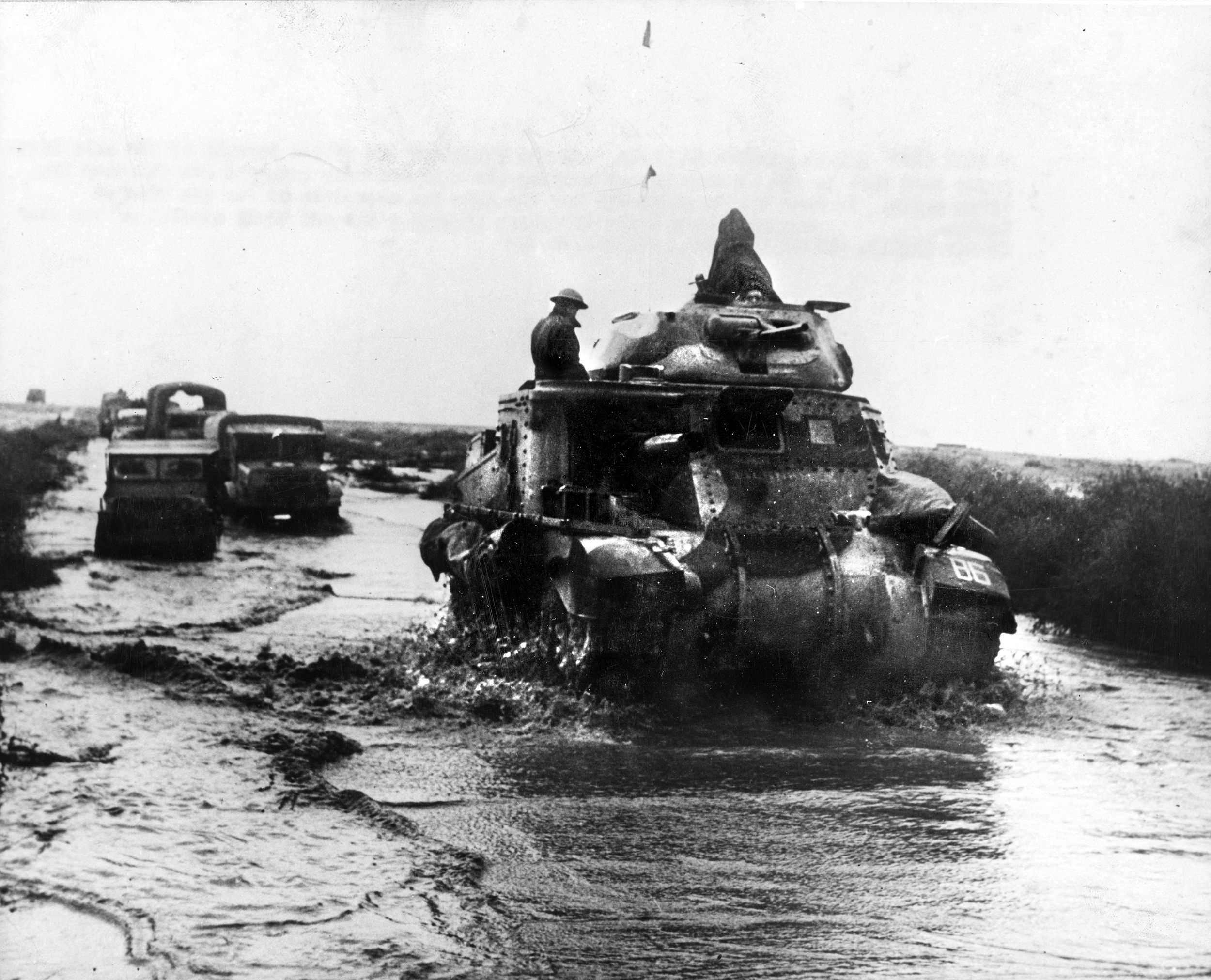
At Alamein, the British counterattacked. The 4th Armored Brigade’s Grants hit the over-extended Afrika Korps hard, leaving Rommel with only 26 tanks in his two panzer divisions. The British stopped the Axis at the gates of Alexandria, and the Grant tank was a good reason.
But not good enough. When Tobruk fell, Churchill was sitting with U.S. President Franklin D. Roosevelt in the White House. Churchill burst into tears. “How can we help?” FDR asked.
The answer was to rush more than 100 M4 Sherman tanks, the replacement to the Grant tank, straight from American factories to Egypt instead of assigning them to U.S. Army forces readying for the invasion of North Africa. Despite its own high silhouette and gasoline-fueled engines, with its higher-velocity 75mm gun the Sherman was a more powerful vehicle than the Grant.
Also sent to Egypt, this time from England, was Lieutenant General Bernard Law Montgomery, who took over the Eighth Army. Rommel replenished his supplies, added more tanks, and tried a flanking assault at Alam Halfa to defeat Montgomery.
The Afrika Korps slammed into Eighth Army’s defenses, which took advantage of short supply lines, air superiority, combined arms teams holding terrain, refusals to retreat, and the courage of the 22nd Armored Brigade’s Grant tank crews in support of New Zealand infantry. The Grants were still deficient, though. Lord Brumsfield of the Scots Greys said: “Our tanks were always grossly under-armed and armored compared with the German tanks, and we never caught up let alone surpassed the German models. Our tanks were designed like sports cars, the Germans’ like agricultural machines.”
When Alam Halfa ended, the British had lost 1,640 men, 68 tanks, and 18 anti-tank guns. Rommel lost about 2,500 men, 51 tanks, and now had to put his troops on the defensive.
On October 23, 1942, a barrage of more than 1,000 Eighth Army guns opened the Battle of El Alamein, Montgomery’s great offensive. The spearhead was 246 Grant tanks and 285 new Shermans. Overall, the British had 1,029 tanks—more than the Russians at their near-simultaneous Stalingrad counterattack—and the Axis had only 489.
With Rommel in Germany recovering from an illness, the Axis was taken by complete surprise. British engineers removed minefields, clearing routes for the Grants and Shermans. Wild fighting ensued, with heavy casualties. Rommel flew back and ordered a counterattack. Two panzer divisions charged forward and came under heavy air bombardment and Grant tank fire. The Germans attacked 1st Armored Division’s Grant tanks and lost 50 of their own vehicles. A 10-day dog fight opened up, leaving smoking tanks lying across the desert floor.
For the 2nd New Zealand Division, the attack gained a measure of vengeance when Brigadier John Currie’s British 9th Armored Brigade was assigned to them for the assault. Currie’s Grants battered German and Italian defenses into collapse or submission. An observer of the fighting described it as “a hastily organized car park at an immense race meeting held in a dust bowl.”
After 10 days of unbelievable fighting, the British broke through on November 2 in Operation Supercharge, which forced Rommel to begin a retreat that would not end until his tanks reached French Tunisia.
Tunisia became his retreat objective because the Americans and British ended Vichy France’s pro-German neutrality on November 8 with Operation Torch, the invasion of French North Africa, putting Lieutenant General Dwight D. Eisenhower’s armies behind the Axis forces.
The Americans had planned to equip their invaders with the Sherman tank, but their stock had been sent to the British Eighth Army. The U.S. 1st Armored Division would have to fight in the Algerian, Moroccan, and Tunisian desert with their Lee tanks.
The Lee tanks clanked ashore and defeated the outdated Vichy French machines they faced. The French soon capitulated and joined the Allies in expelling the Nazis and Italians from North Africa. The 1st Armored headed east to face German troops that were being rushed by sea and air to help Rommel hold Tunisia.
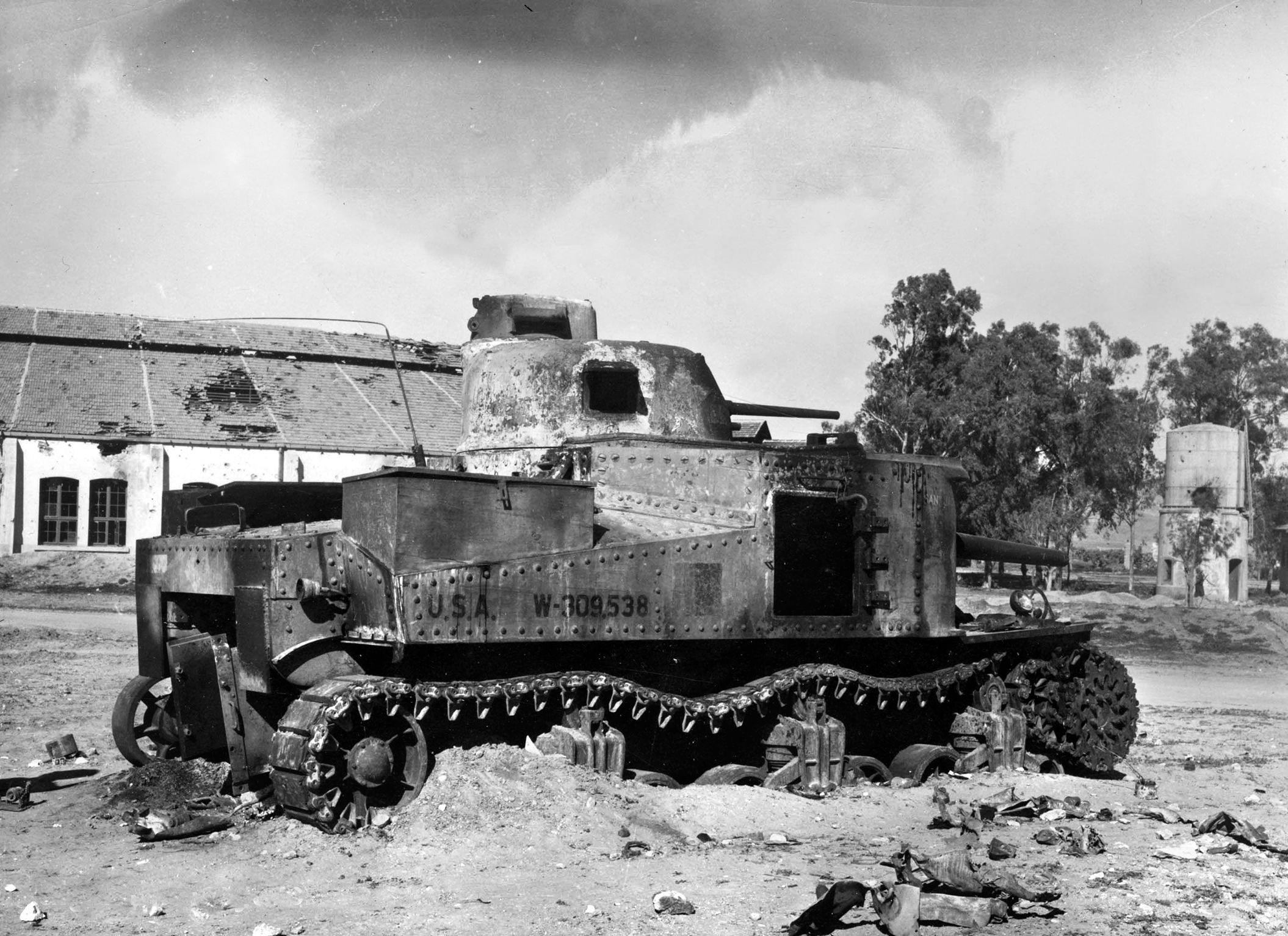
The German tanks included newer models of the Panzer IV, even tougher than those that had fought in Libya, and a few vehicles that were even more terrifying: the Mark VI Tiger I tank, which packed a fearsome 88mm gun beneath heavy armor. It made up for its lack of mobility with metal and firepower.
These vehicles fought across Tunisia in bitter winter battles amid heavy rain to control vital hilltops, and the Americans showed their inexperience, amusing the Germans and annoying their British allies.
The climax of this fighting took place in February 1943, when Rommel, having recovered his troops, supplies, defenses, and nerve, launched a massive assault on the poorly-deployed U.S. II Corps at Kasserine Pass. The II Corps’ commander, Major General Lloyd Fredendall, lacked every attribute needed for successful battlefield leadership, and his troops lacked every attribute for successful defense—trying to hold valleys instead of hills, for example. At Sidi Bou Zid, the Afrika Korps set II Corps on their heels.
Major General Orlando “Pinky” Ward’s 1st Armored and his Lee tanks were ordered to save the day, and they advanced against the newly-arrived German 10th Panzer Division on February 15. The Germans were astonished by the Lees’ high silhouette and began pouring fire into them. The Lees fired back, but to little avail. German shells snapped Lee rivets, sending them flying around the tank interiors, killing crewmen. The rivets, the size of .50-caliber bullets, would also cook off the tank’s ammunition or engine. Of the 52 Lees that attacked that morning, 46 were left on the battlefield, burning or abandoned.
The following day saw the worst American defeat of the Kasserine battle, Tunisian campaign, and the European war: Sidi bou Zid, where 3,000 Americans were killed and 100 tanks destroyed. Fredendall was able to execute a good retreat, but that was it for him. He was replaced by Major General George S. Patton, Jr.
Rommel was out, too. He had to withdraw from Kasserine when Montgomery attacked at Mareth and his forces could not effectively fight two battles at once. The Desert Fox left North Africa on sick leave never to return. The Americans gained supplies, better leaders, new Sherman tanks, and regained their fighting spirit. The Allied armies completely defeated the Germans and Italians in North Africa, taking a larger bag of POWs than the Russians at Stalingrad.
After the victory in North Africa, the British and Americans planned their next move in the Mediterranean, the invasion of Sicily. However, the Lees and Grants would be no part of it—at least as battle tanks.
Lee and Grant tank hulls found new uses. The first and most valuable was their conversion to the M7 Priest self-propelled artillery piece. The sponson that held the 75mm gun became a command and control position. The hull itself was opened up to accommodate a 105mm field artillery piece. With its tracks, powerful weapon, and speed, the infantry finally had artillery that could keep up with the advance and set up in a hurry. The M7 became successful and popular on battlefields across the world.
Another conversion was more secret: the CDL “Canal Defense Light,” used by the British Army. It was more of an offensive weapon, as it illuminated night river crossings. Again, the turret and guns were removed, and the sponson rebuilt to accommodate a massive searchlight. In night attacks, the searchlight could directly illuminate the enemy or bounce its beam off hovering clouds.
The CDL did work in defense, though, when German frogmen tried to attack captured bridges, such as the one at Remagen in 1945, or human torpedoes tried to sink anchored shipping in Channel ports like Antwerp. In these roles, the CDL was highly successful.
However, there still remained a great many Lee and Grant battle tanks sitting in tank parks in Tunisia and Egypt. About 300 went to the Soviet Union, either through Arctic convoys or by rail through Iran. They fought in the Caucasus and South Ukraine against the Wehrmacht’s first team, which included Tiger tanks and the new Mark V Panther.
The Soviet tankers, being experienced with both the Germans and armored warfare, were unimpressed with this latest piece of Lend-Lease largesse. They disliked the M3’s rubber-steel tracks, which could not withstand Russia’s mud and snow. Nor could they handle Soviet roads. The high profile was the top negative factor. The Soviets called the M3 “a grave for six brothers” and went back to their T-34 tanks.
Meanwhile, remaining M3 tanks still needed new jobs. While some went to work as training vehicles, the rest were shipped from Egypt to a front that needed any kind of tank to defeat an equally determined, capable, and fanatical enemy—the Japanese in Burma.
By late 1943, the Burmese front had become a dreadful, malaria-ridden, monsoon-filled stalemate, forgotten by all except those who fought there. The British and Indian forces got Lees and Grants in large numbers, many for the Indian Army’s legendary 3rd Carabiniers.
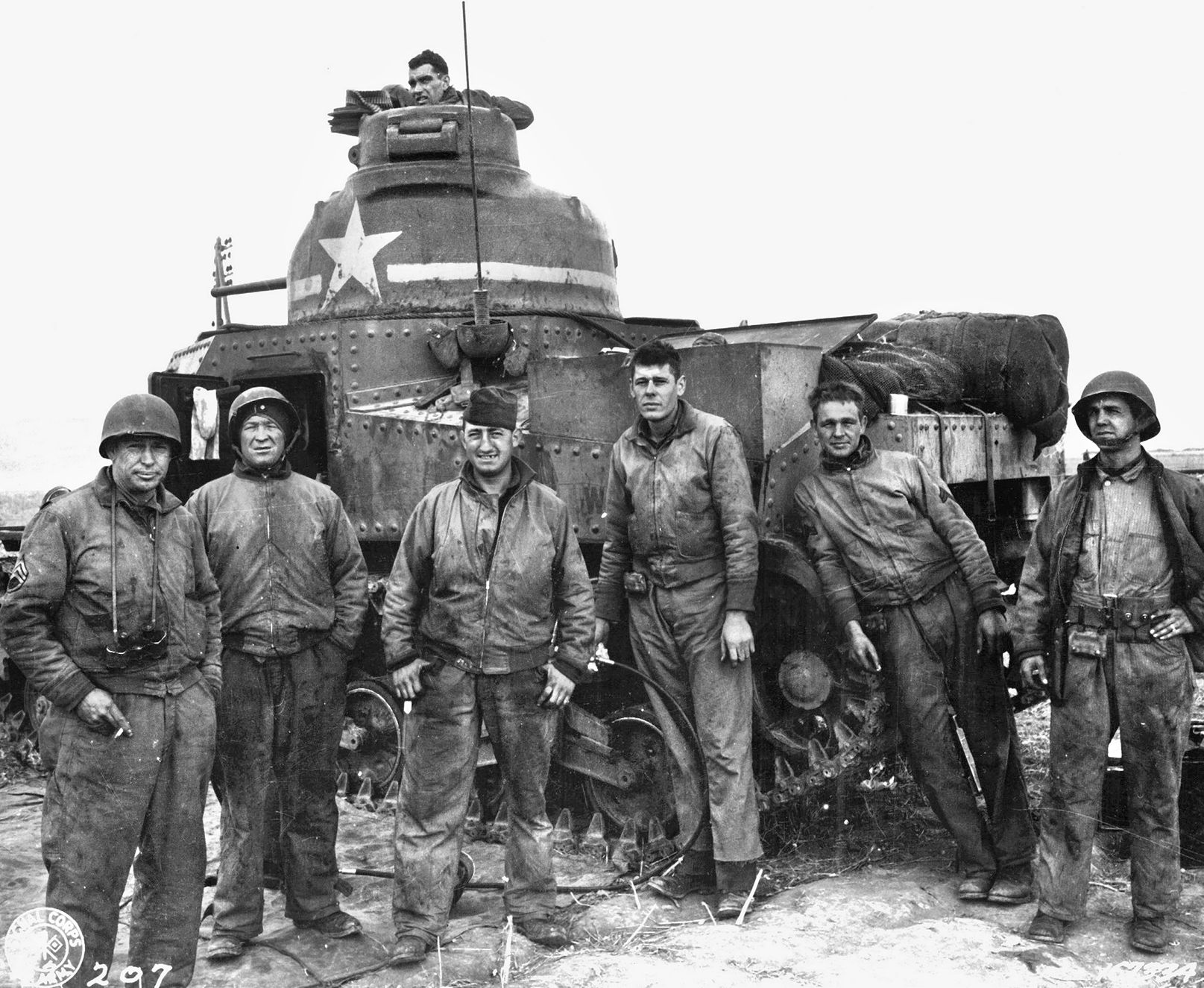
They got them just in time, too. In the spring of 1944, Japanese General Renya Mutaguchi, commanding the 15th Army in Burma, hurled his troops against the Anglo-Indian forces defending the border. The Japanese sought to conquer Bengal and Assam and set off a wave of Indian anti-British sentiment, activism, and violence that could bring down the Raj.
The main Japanese assault fell on the British. The 14th Army commander, General William Slim, one of the best British generals of the war, defended two key towns on the frontier, Kohima to the north and Imphal to the south. The former was on some hills, the latter amid a plain. Within a short time, both British positions were encircled.
Slim wasted no time. Imphal was held by the 4th Corps under General Geoffry Scoones, which included the 3rd Carabiniers. While American and British supply planes flew in massive re-supply missions to Imphal airfield and air dropped supplies to Kohima, the 3rd Carabiniers counterattacked the Japanese troops.
The Japanese were ferocious, skilled, and incredibly brave. But they lacked anti-tank weapons of any sort. Some troops went forward holding poles with a brace of satchel charges on the front end in suicidal attacks to punch holes in Lee tanks. Japanese pre-war designed T95 tanks were smaller vehicles, armed with 47mm guns, lacking armor, but a mass of rivets. The 3rd Carabiniers tore them up.
At Kohima, Japanese troops built field fortifications to surround the British defenders. Lee tanks blasted open the blockhouses and killed their occupants.
From the north, the British 2nd Division and its tanks drove south to break the two sieges. Kohima’s men, surviving on air drops, were relieved on April 18, but massive fighting continued. On June 6, the Allies invaded Normandy, and the Japanese gave up at Kohima and started retreating.
The 2nd Division and its Lee tanks continued advancing to relieve Imphal. On June 22, their Lee tanks started shelling movement at Milestone 108. They stopped when a desperate radio message came in. They were shelling Imphal’s defenders. The siege was broken. Mutaguchi’s 15th Army fled India in ragged defeat, and the general was fired. It was a defining victory for the Lee/Grant tank.
The British resumed the offensive after the monsoon in 1945, driving on Mandalay, Meiktila, and Rangoon, using Lee and Grant tanks to blast open Fort Dufferin in Mandalay and dominate streets in all three cities. When Japan surrendered in August, the M3’s war was also over.
The Lee/Grant tank was not the best tank the Allies deployed in World War II. Its deficiencies were numerous, and it could only succeed in situations where it did not face more powerful enemies. However, given the crisis of 1942, there was nothing else. In many ways, it was the wrong tank in the right place.
Yet it became both a minor icon and a major one. The minor icon was the 1943 American war movie Sahara, starring Humphrey Bogart as U.S. Army Master Sergeant Joe Gunn, commanding the Lee tank Lulubelle assigned to the British Eighth Army in Egypt. Lloyd Bridges played a crew member who gets killed.
Shot in California deserts, the propaganda piece depicted the tank and its propaganda crew: a Free French corporal, a black African corporal and his Italian POW, a British doctor and his patients, retreating from Tobruk to safety in June 1942. The movie revolved around a battle of wills between Bogart and a German mechanized force for control of a well. In the end, Bogart and his crew win both the mental and military battle, hauling the surviving German POWs back to British lines. Critics gave the film good reviews, particularly Bogart for his usual style.
A more iconic use of the Grant came from Montgomery himself, who had one converted into his command vehicle at El Alamein, with the guns removed and replaced by communications gear. A photograph was taken of him at Alamein, depicting him clutching a pair of binoculars, wearing his black tanker’s beret, and his familiar steely expression as he faces the enemy. It became an emblem of Britain’s war effort and was reproduced thousands of times.
The tank survived, too. At Montgomery’s request, the Grant tank went on display in London’s Imperial War Museum, a visible display of his determination and Anglo-American alliance and resolve in the darkest hours of the two nations’ histories.
Author David Lippman resides in New Jersey and writes frequently on a variety of topics for WWII History.
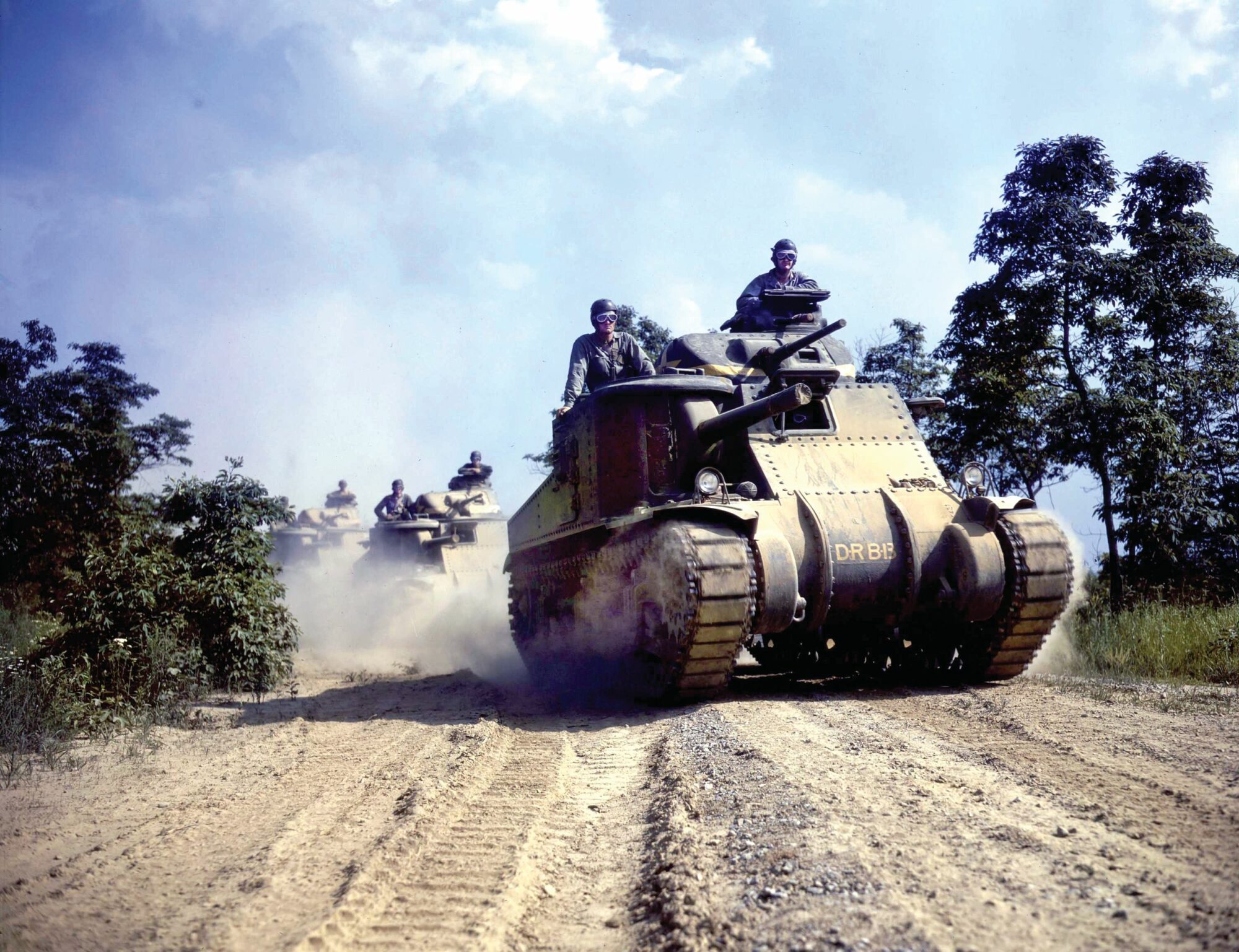
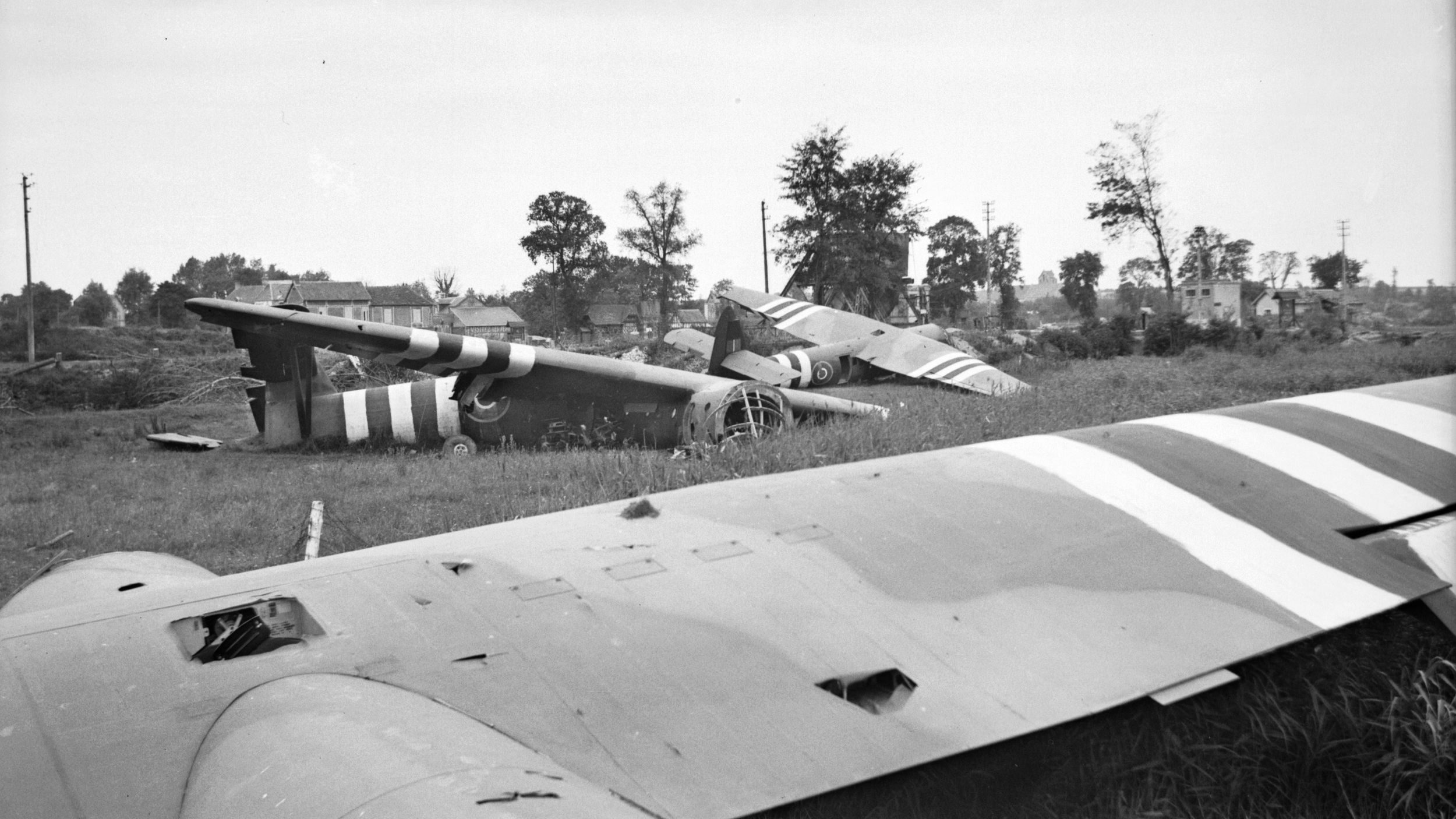
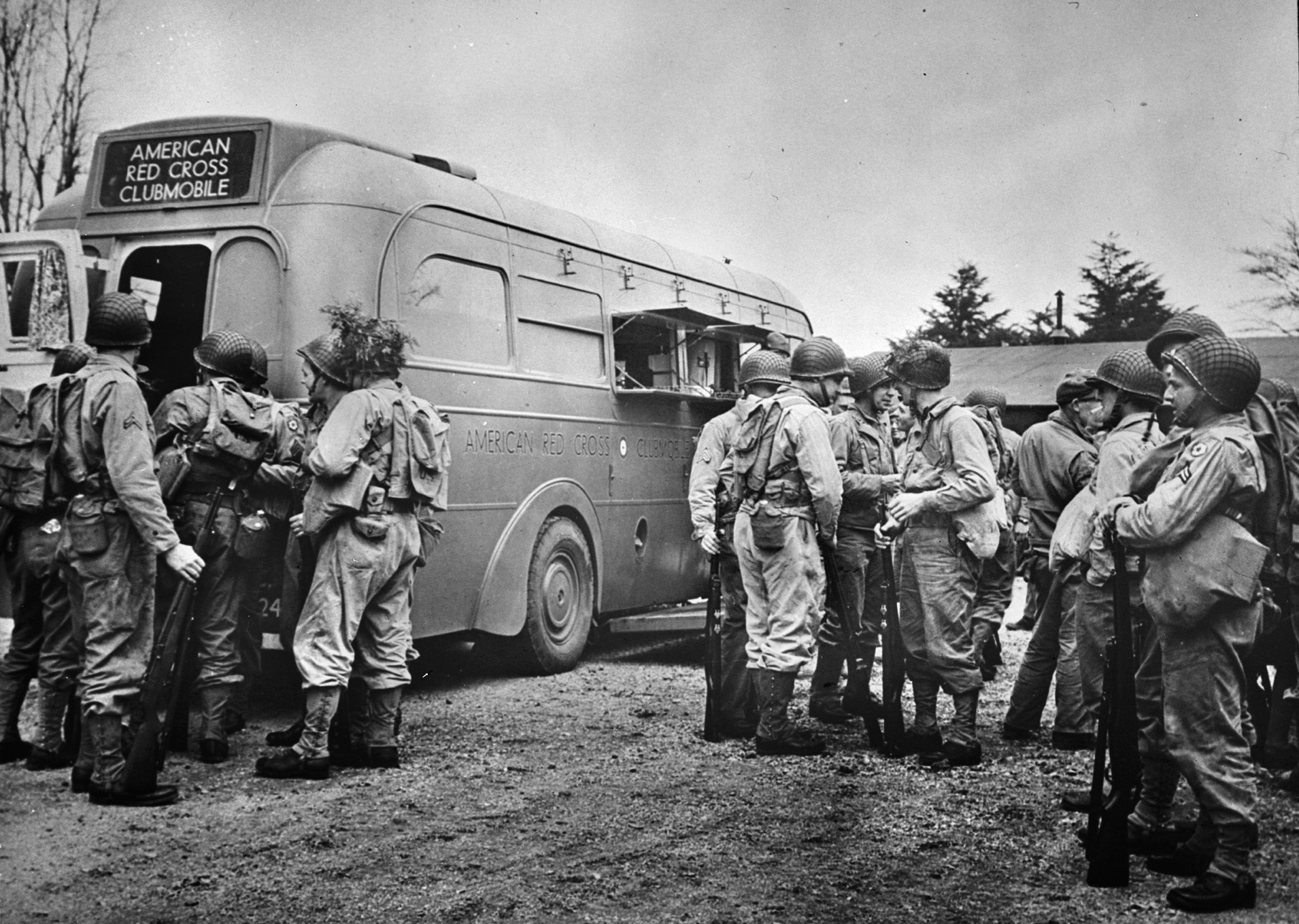
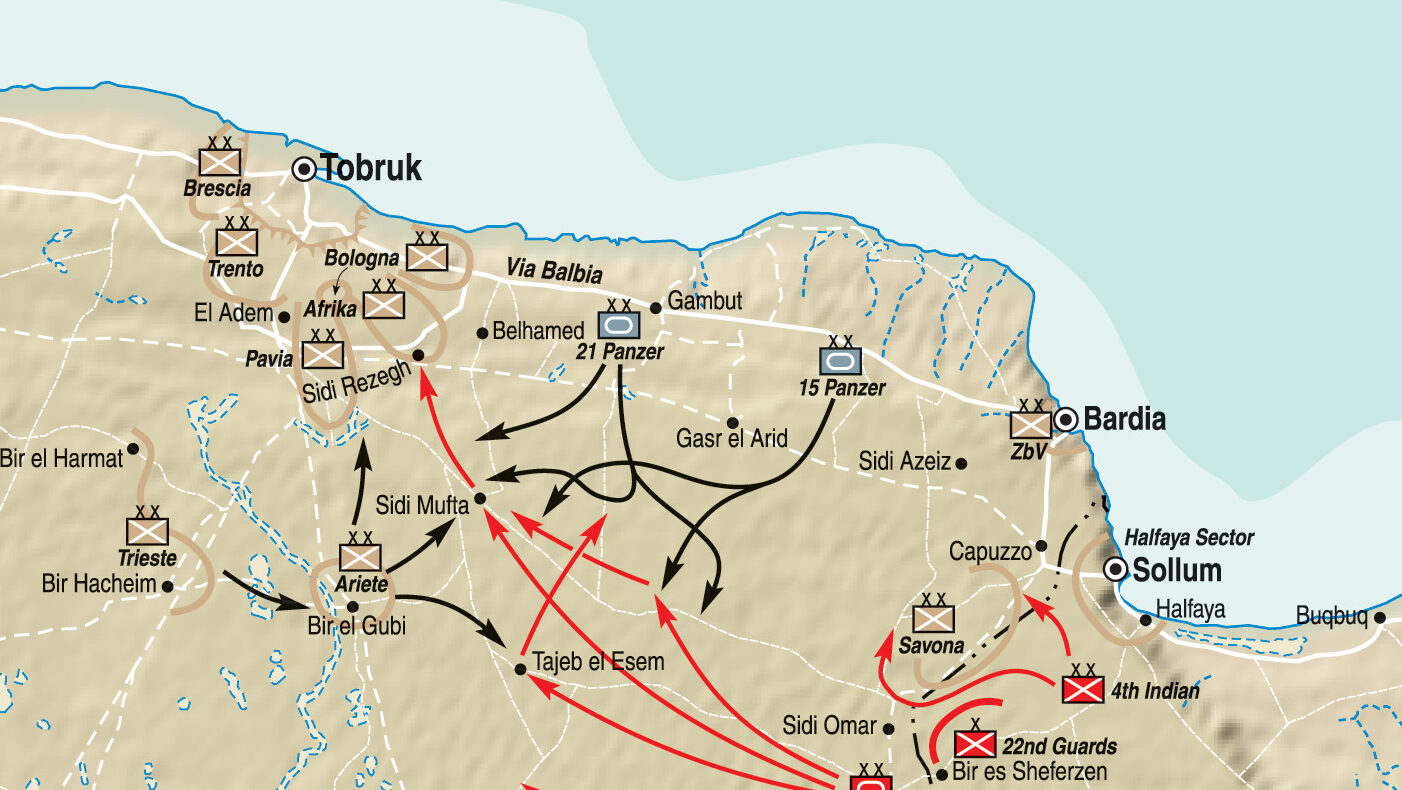
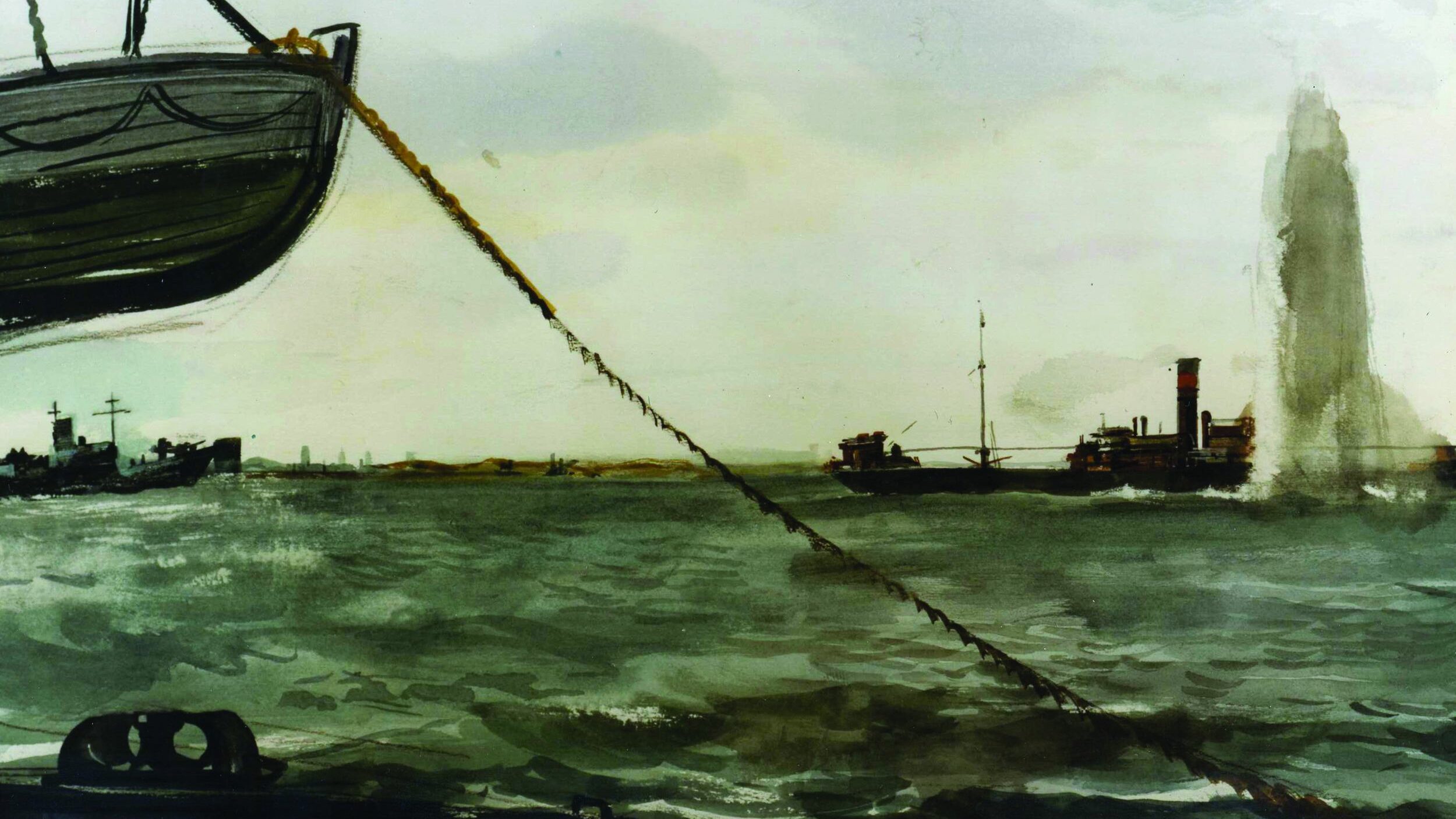
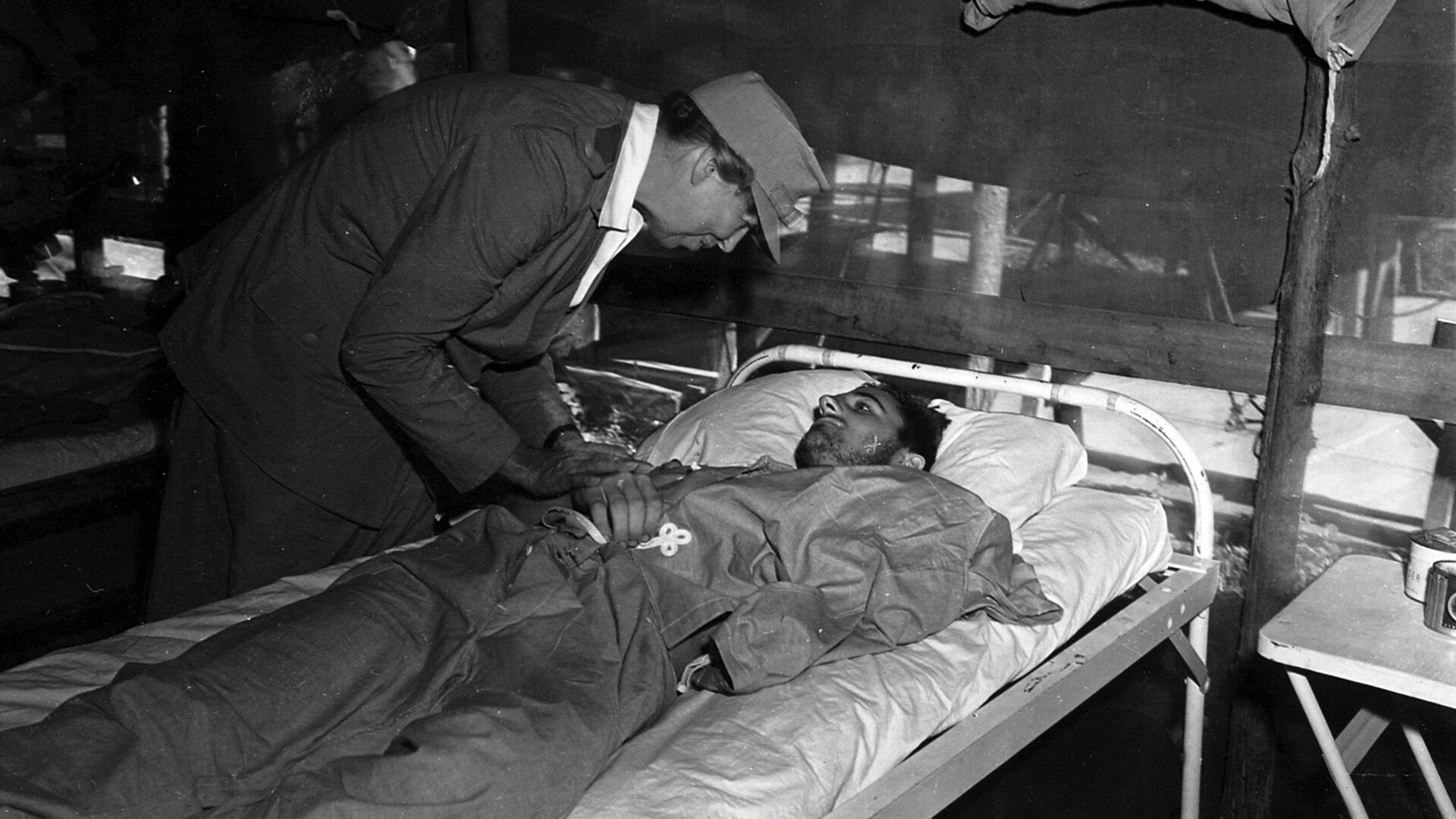

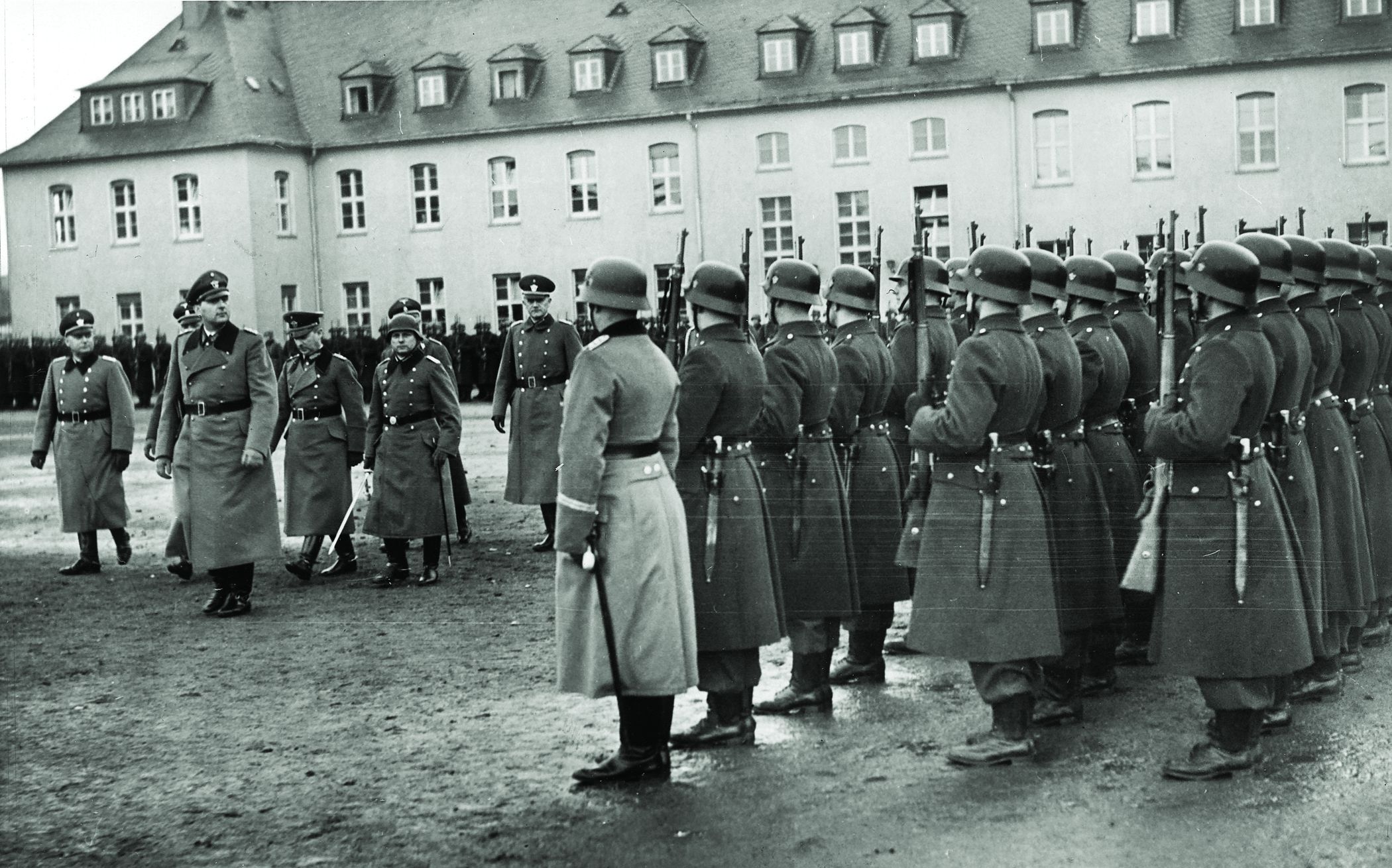
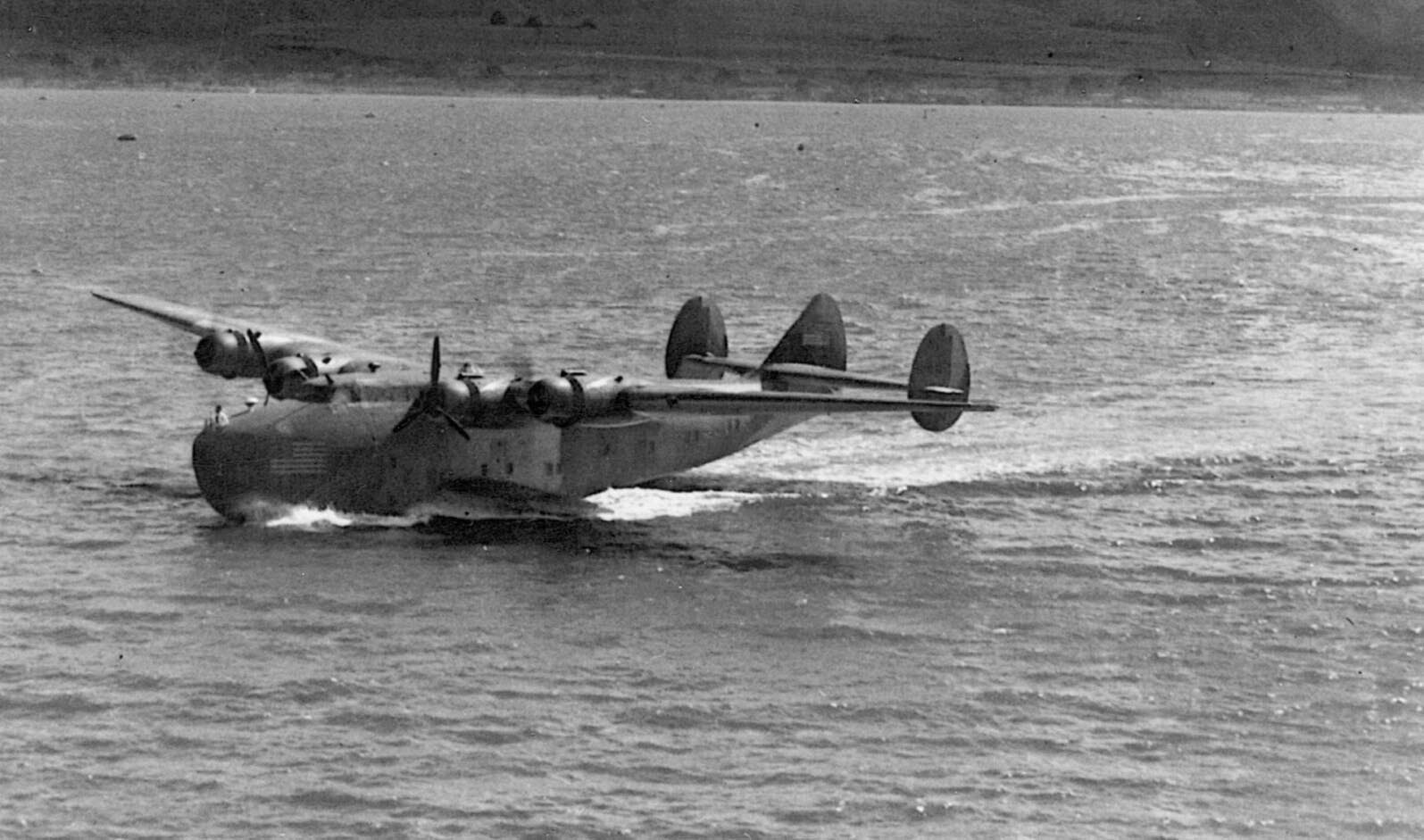
Join The Conversation
Comments
View All Comments